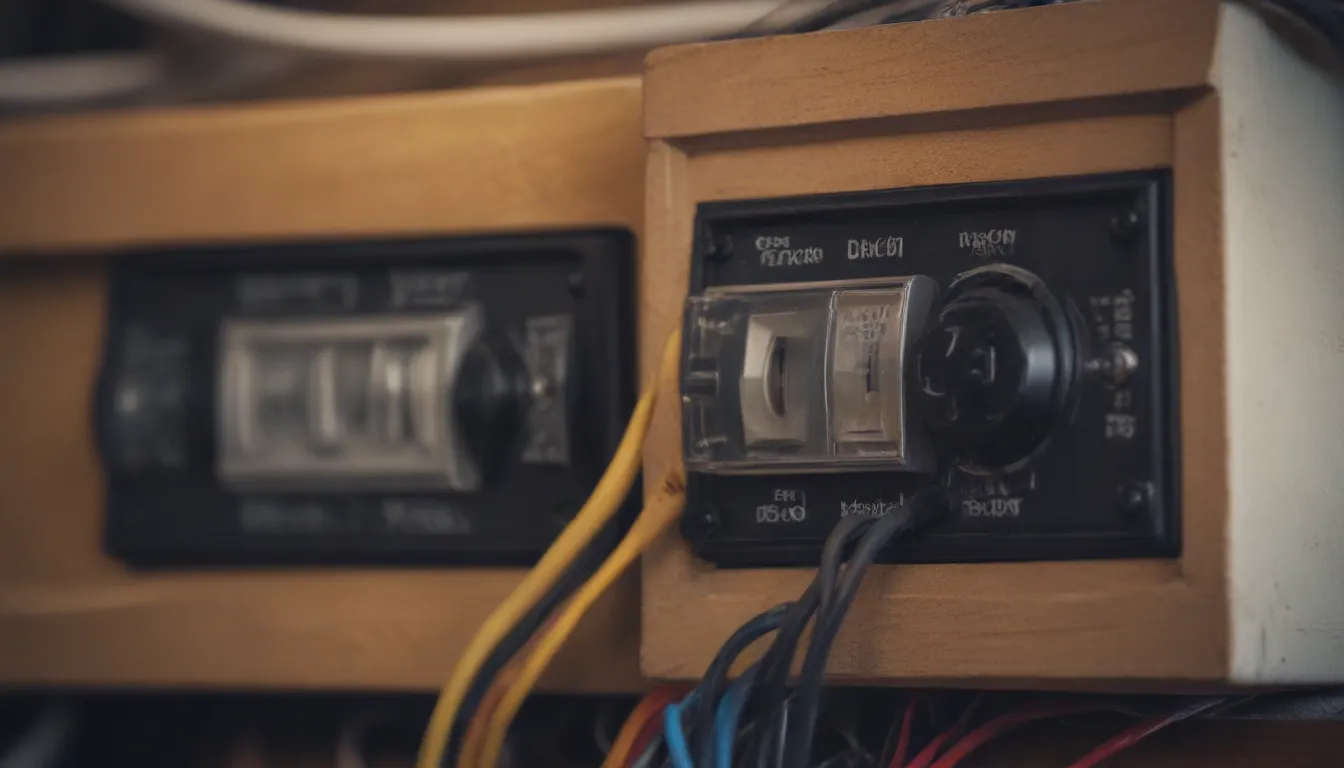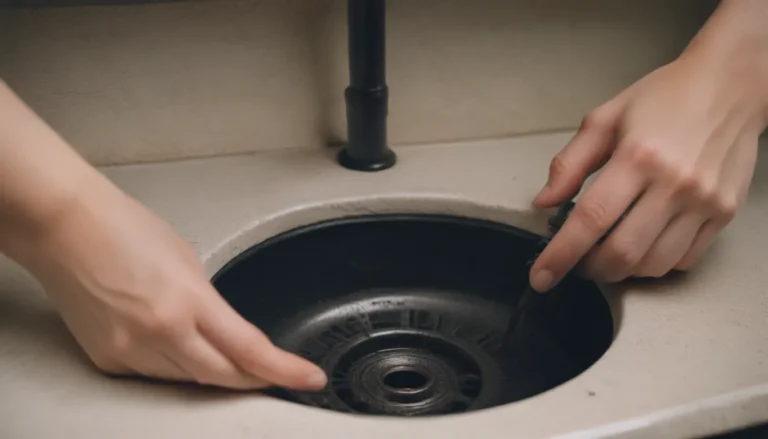Understanding Residential Electrical Service Grounding Requirements

When it comes to your home’s wiring system, ensuring proper grounding is crucial for safety. The grounding system acts as a pathway for current to safely flow back to the earth in the event of a system breakdown, reducing the risk of electrical hazards like fires or shocks. In this comprehensive guide, we will delve deeper into the importance of residential grounding requirements to help you better understand this vital aspect of your electrical system.
What Are Ground Rods?
Ground rods, also known as grounding electrodes, play a key role in connecting the grounding system of electrical installations to the earth. Typically made of materials like copper, ground rods are excellent conductors of electricity, providing a safe pathway for harmful currents to dissipate into the ground. These rods are a critical component of your home’s grounding system, ensuring electrical safety in case of emergencies.
Ground Rod Length
Ground rods are long metal rods, often copper bonded to steel, galvanized iron, or stainless steel, that are driven deep into the earth to establish a connection with the grounding system. They are available in 8-foot and 10-foot lengths, with the 8-foot size being the most common choice for residential applications. It is essential to adhere to the minimum length requirements for ground rods, as cutting them down can compromise their effectiveness.
In situations where the soil is dry and provides higher resistance to electricity, stacking ground rods or adding a second rod at least six feet apart may be necessary to achieve the required grounding resistance. Local building codes and regulations often mandate specific grounding methods to ensure compliance and safety. For optimal performance, install ground rods in moist soil areas around your home to facilitate better conductivity.
Ground Rod Diameter
Ground rods come in various thicknesses, ranging from 3/8″ to 1″ in diameter. While the minimum allowed diameter is 3/8″, opting for larger sizes can offer more surface area for effective earth contact. Choosing the right diameter for your ground rods can enhance their performance and ensure a reliable grounding connection for your electrical system.
Grounding Wire
The grounding wire, also known as the grounding electrode conductor, serves as the essential link between the ground rod and the service ground connection. Typically made of copper, these wires are available in different gauges, with #6 (6 AWG) or larger sizes commonly used in residential setups. For 200 Amp services, a #4 grounding electrode conductor is required to meet the necessary safety standards and electrical code regulations.
Grounding Clamps
Grounding clamps are essential components that facilitate the connection between the grounding electrode conductor and the ground rod. These clamps play a critical role in ensuring a secure and reliable grounding system, preventing potential electrical hazards and ensuring the safety of your electrical installation. It is crucial to use high-quality grounding clamps that meet industry standards and regulations to maintain the integrity of your grounding system.
In conclusion, understanding the importance of residential electrical service grounding requirements is fundamental to ensuring the safety and reliability of your home’s electrical system. By following the guidelines outlined in this article and adhering to the relevant codes and regulations, you can create a secure grounding system that protects your home and family from potential electrical hazards. Remember, safety always comes first when it comes to electrical installations, so never compromise on the quality and integrity of your grounding system.





